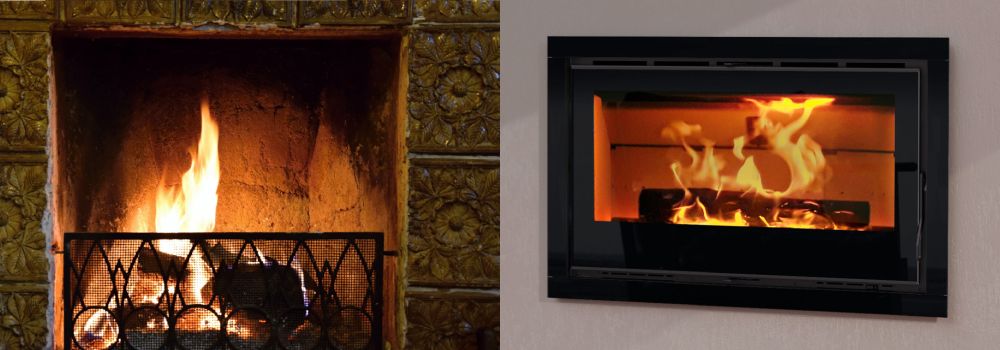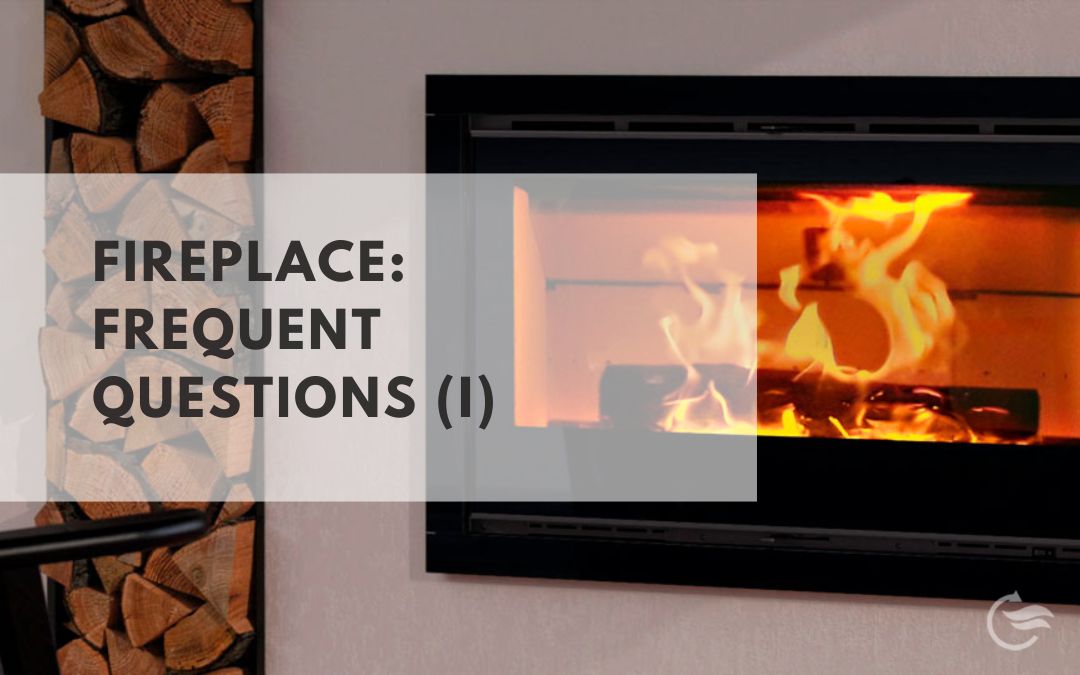You might be considering installing a fireplace in your home but have questions about how to do it, which type fits your needs best, how installation works, and what changes it would mean for our homes. Let’s answer some of these potential questions.
How much wood do I need for my stove or fireplace?
The amount of wood needed for a stove or fireplace depends on its usage. Therefore, you should consider the size of the room and the fireplace, how many hours it’s lit each day, and the local temperature. If the yearly consumption is very high, it’s best to purchase wood well in advance to get a lower price and ensure the wood is in optimal dry conditions.
How often should the fireplace be cleaned?
It’s recommended that after each use of the fireplace, and once the fire has been extinguished, ashes and remnants inside the fireplace or stove should be removed. Additionally, you can use anti-soot sachets that are dropped onto the flames to help clear accumulating soot. This not only aids in the cleanliness of our fireplace and home but also enhances the safety it provides, as it prevents the buildup of excess dirt and soot that can affect the chimney’s ventilation.
How often should chimney sweeping be done?
If the fireplace is used daily, it’s advisable to have a chimney sweep clean it once a year to keep it in perfect condition. If the fireplace is in a second home or not used daily during the cold season, sweeping every two years may suffice. However, it’s still best to maintain and clean it properly after each use.
How is soot formed?
Also known as creosote, soot forms from the combustion of wood at low temperatures. It consists of residues from this vapor that can accumulate on the chimney walls, reducing the heat the fireplace provides and potentially endangering the home.
Can a fireplace be installed in an apartment?
Fireplaces require an exterior outlet for smoke exhaust, which is straightforward in a single-family home but can be more challenging in a multi-unit building or complex. Thus, if the apartment for the fireplace installation is on the top floor just below a terrace, installation could be feasible. There’s also the possibility of venting through a light well. In both scenarios, agreement with the homeowner association is necessary.
How to install a closed fire fireplace in an open fire one?

Most fireplaces installed years ago are open fire, meaning they lack doors, and the fire is easily accessible. Nowadays, fireplaces have evolved, and nearly all new installations are closed fire, enhancing safety and performance by retrofitting traditional fireplaces with a fireplace insets.
If you need further assistance, we at Carbel would be delighted to help.
